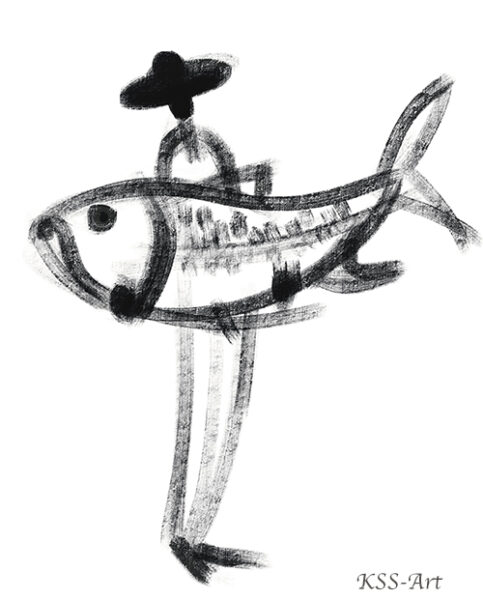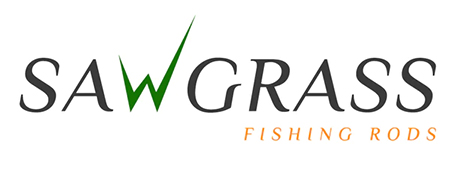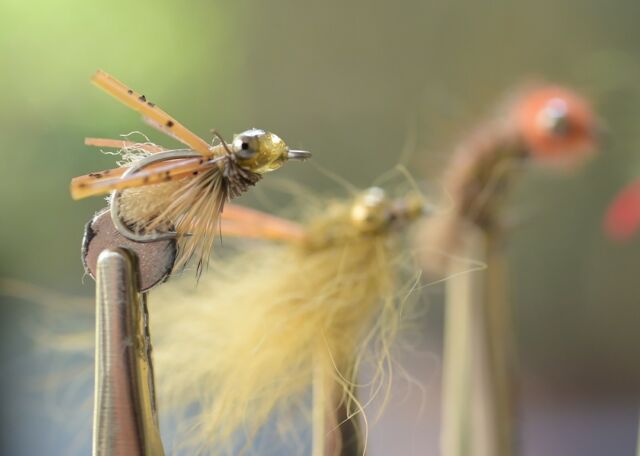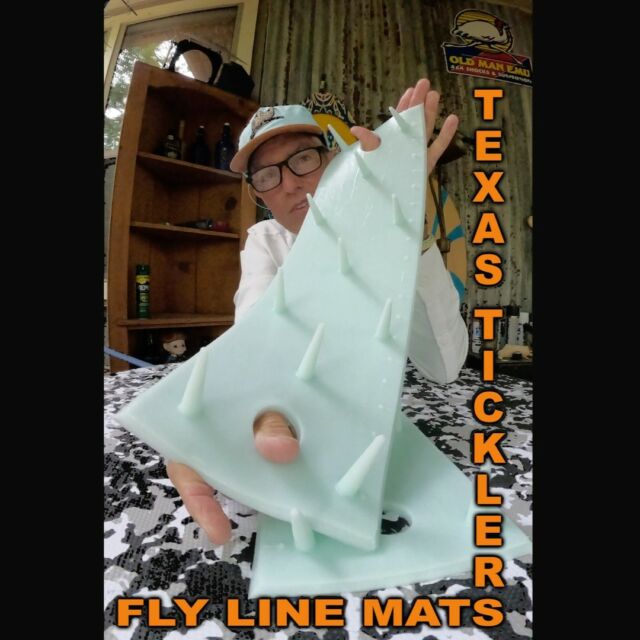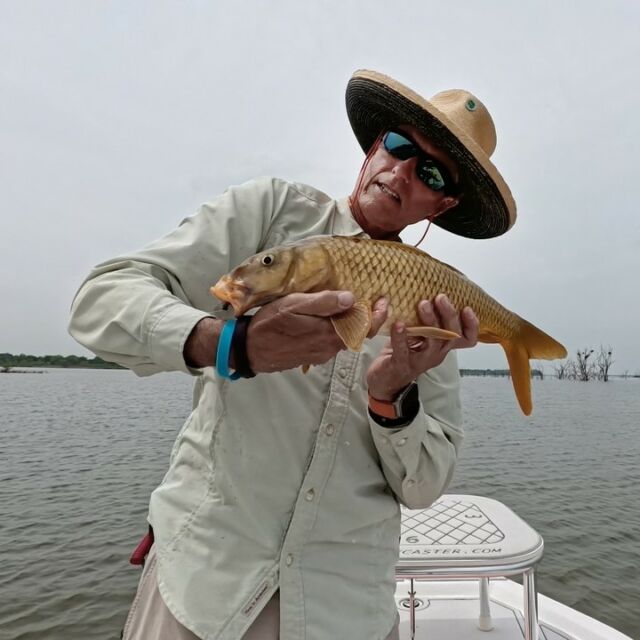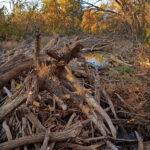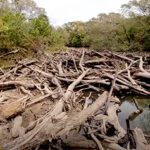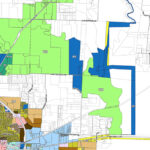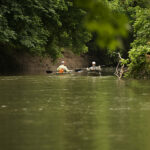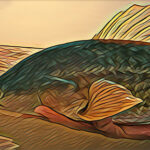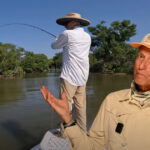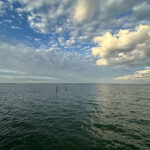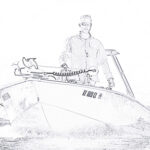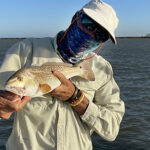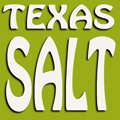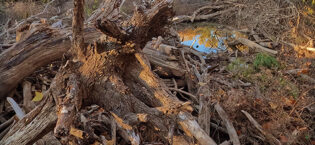Xeriscaping – The Gradual Approach to Saving Valuable Texas Water
There’s no need to get out your guns, lock-and-load. I am not one of those pontificators who would make you think you are guilty of a mortal sin if you have an acre of grass you are watering every day, and piling the nitrogen on for that super green effect, and so on and so forth.
No, brothers and sisters, I too was lost in the deep grass, mowing my way through life, buying pallets of grass, planting faithfully, organically feeding, and watering heartily … until I saw the light. The light was a burning ball that scorched everything it touched, including my sacred grass. The sun won.
Slowly and surely I began to abandon my grass island, letting the sun burn it down behind me. As we came into the new light, the new reality of ongoing water deficits, the awareness of what chemicals washed down the street were doing, we began to inch our way ever so slowly toward the promised land – xeriscape.
The stage we are into now is to slowly eliminate the grass by widening the beds which are planted with things that survive one zone further south, and saving more water off the roof. For the huge garden, we are trying to put more organic matter in, and dilute the sand hill we live on. Anything you do should take your soil into account – foremost. Our battle with sand is ongoing.
What we also found, and it may simply be a “Denton thing,” is that if someone leads the way on this new way to think about home landscape, it isn’t too long before others, neighbors, follow.
Common sense, and history, says that we live in a “semi-arid” zone, and we are prone to drought. We are in drought, and have been in-and-out of it for a decade (of my awareness and focus) now. Couple that with the huge population increases in Texas, and the handwriting is on the wall. History has left North Texas a permanent reminder of the “Great Dust Bowl.” Why do we think the LBJ Grasslands exist? Maybe this time we can learn from history – on a personal, local level?
Common sense also says that if you aren’t mowing, you could be fly fishing more. Less watering, less sprinkler repair, less fertilizing … all point to more time fly fishing in my book.
NOTE – As a fringe benefit, going organic, or staying organic, does go well with the xeriscape movement. A healthy organic yard will have worms, bugs, beneficial nematodes, frogs, lizards, butterflies, and for us, a worry-free flock of free ranging chickens. Most of the organic additives we purchase are also local – produced inside Texas, or even produced in Denton (Morrison’s meal).
Category: Culture on the Skids, Life Observed, Science and Environmental







